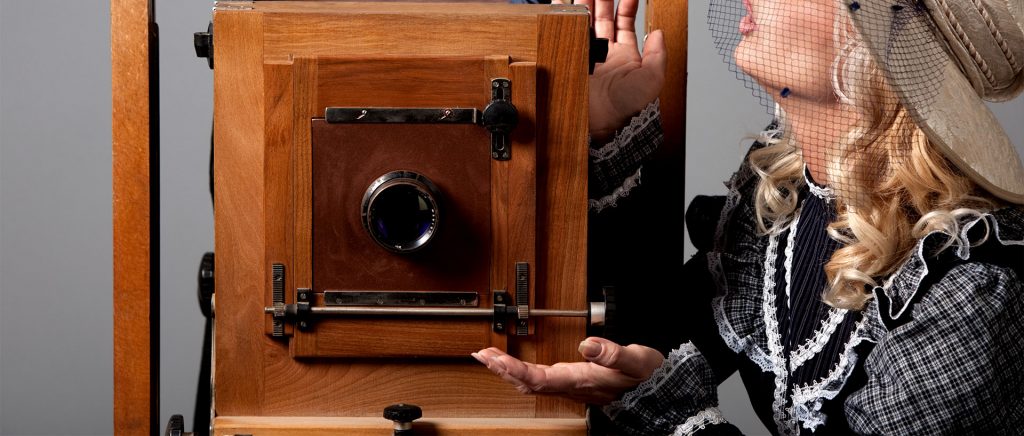Brown is a color that is often considered bland and boring. However, this color is more than it seems.
The psychology and meaning of the color brown can be fascinating, especially when you consider the different shades and hues of this color.
From earth tones to chocolate browns, there is much to explore with this color.

Psychology of the color brown
The psychology of the color brown is a fascinating field of study that examines how this tone influences our mood, behavior, and overall well-being.
Brown, characterized as a stable and reliable color, has deep meaning and symbolism that extends to various areas of our lives.
This warm earthy tone is closely linked with the earth and nature, evoking a sense of grounding and connection with our surroundings.
It represents strength, reliability, and stability, qualities we often seek in our relationships, decisions, and environments. Brown can generate a sense of calm and serenity, helping us create a space of stability and comfort.
Unlike more flashy and vibrant colors, brown is perceived as discreet and unpretentious.
For this reason, it becomes an excellent choice for companies wanting to project an image of reliability and trust.
By using brown in their visual identity, these companies can convey a sense of solidity and credibility, establishing a lasting connection with their customers.
In the field of design and decoration, brown is frequently used to create cozy and comfortable environments.
Its warm and soft tones infuse a sense of warmth and familiarity into spaces, turning them into comforting retreats.
The psychological meanings of the color brown
- Sadness.
- Depression.
- Stability.
- Seriousness.
- Strength.
- Reliability.
- Nature.
- Earth.
- Simplicity.
- Modesty.
- Fertility.
- Rusticity.
- Boring.
What does it mean in other cultures?
The psychology of the color brown reveals an interesting diversity of meanings in different cultures around the world.
While in the Western world it is primarily associated with the earth and nature, conveying a sense of stability and comfort, in other cultures brown takes on entirely different connotations.
In some Asian cultures, for example, brown is associated with mourning. It is believed that this color represents the earth that absorbs the blood of fallen warriors, becoming a symbol of respect and memory for them.
This association transcends mere aesthetics and demonstrates how brown can evoke emotions of sadness and loss in specific contexts.
In contrast, in India, brown is considered an auspicious color. In Hindu culture, it is attributed with a symbolism of purity, strength, and spiritual enlightenment.
It is valued as a sacred tone that represents the connection with the divine and is used in rituals and sacred decorations.
On the other hand, in Native American cultures, brown is often associated with skin color. This hue becomes a symbol of the diversity of all humanity and is considered a sign of respect and unity.
It illustrates the importance of recognizing and valuing the variety of skin tones present in different communities and promotes inclusion and equality.
These examples show us how the interpretation of the color brown can vary significantly from one culture to another, and provide us with a broader perspective on its symbolism.
The psychology of the color brown teaches us that there is no single absolute truth in the interpretation of colors, but their meaning is shaped by the traditions, beliefs, and experiences of each culture.
The color brown in marketing and advertising

The psychology of the color brown reveals its true potential in the field of marketing and advertising.
Although often considered a bland and boring color, associated with dirt, mud, and tree bark, brown has a symbolism and meaning that can be strategically exploited.
It’s true that brown is not a color that frequently appears in advertising or marketing, except perhaps for products related to nature or outdoor activities.
However, this rarity can become its greatest strength. In a world saturated with bright colors and eye-catching advertisements, brown can stand out and grab attention in a surprising way.
Amid the noise and visual clutter, brown can act as a breath of fresh air for the eyes and mind.
It conveys a sense of stability, reliability, and strength, qualities that can be especially attractive to consumers in an increasingly volatile and changing market.
Additionally, brown creates an atmosphere of warm tranquility and comfort, which can be especially effective for products or services related to well-being, home, or relaxation.
Don’t be afraid to experiment with brown in your next marketing campaign. This color may be the perfect choice to convey your brand’s values and personality in a unique and memorable way.
Take advantage of its symbolism rooted in stability and trust to establish a solid connection with your audience.
Remember that understanding the psychology of the color brown gives you a strategic advantage in the world of marketing and advertising.
Leverage its ability to stand out and convey specific emotions to differentiate yourself from the competition and create a lasting connection with your customers.
Explore the creative possibilities that brown can offer and discover how it can significantly elevate the impact of your message.

Conclusion on the meaning of the color brown
Taking into account everything we have discussed, it is clear that the color brown evokes a wide range of feelings, ideas, and emotions in people.
Whether you’re trying to leverage the sense of simplicity and naturalness or create a sense of stability and reliability, using brown as part of your color palette will likely help you achieve your goal.
However, it should be noted that the meaning of colors is not static and can change depending on the cultural context.
If your advertising is targeting a culture different from the Western one, be sure to research to ensure that you are using the meaning of the color brown in a way that will be favorably interpreted by your target audience.








